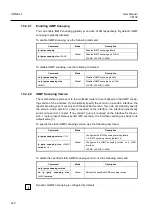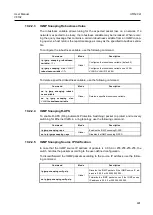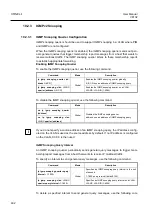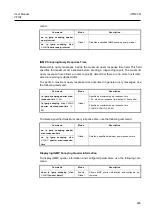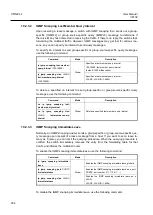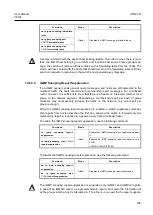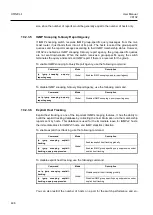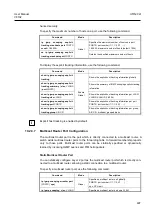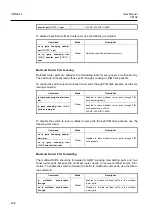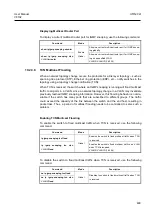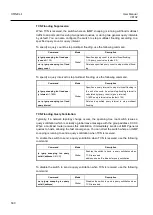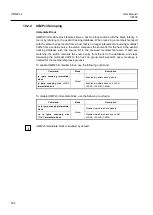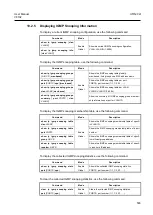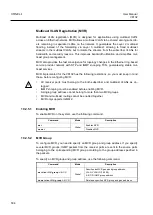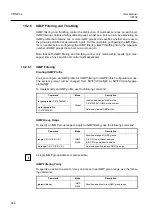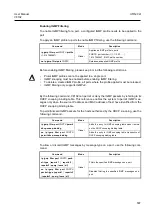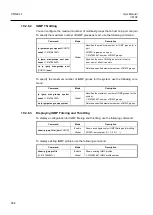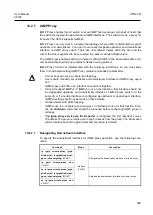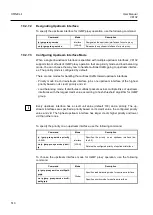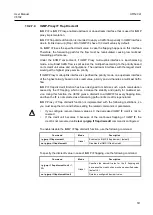
UMN:CLI
User Manual
V8102
504
Multicast VLAN Registration (MVR)
Multicast VLAN registration (MVR) is designed for applications using multicast traffic
across an Ethernet network. MVR allows a multicast VLAN to be shared among subscrib-
ers remaining in separate VLANs on the network. It guarantees the Layer 2 multicast
flooding instead of the forwarding via Layer 3 multicast, allowing to flood multicast
streams in the multicast VLAN, but to isolate the streams from the subscriber VLANs for
bandwidth and security reasons. This improves bandwidth utilization and simplifies mul-
ticast group management.
MVR also provides the fast convergence for topology changes in the Ethernet ring-based
service provider network with STP and IGMP snooping TCN, guaranteeing stable mul-
ticast services.
MVR implemented for the V8102 has the following restrictions, so you must keep in mind
those, before configuring MVR.
•
All receiver ports must belong to the both subscriber and multicast VLANs as un-
tagged.
•
IGMP snooping must be enabled before enabling MVR.
•
A single group address cannot belong to more than two MVR groups.
•
MVR and multicast routing cannot be enabled together.
•
MVR only supports IGMPv2.
10.2.5.1
Enabling MVR
To enable MVR on the system, use the following command.
Command
Mode
Description
mvr
Global
Enables MVR.
no mvr
Disables MVR.
10.2.5.2
MVR Group
To configure MVR, you need to specify an MVR group and group address. If you specify
several MVR groups, IGMP packets from the receiver ports are sent to the source ports
belonging to the corresponding MVR group according to the group address specified in
the packets.
To specify an MVR group and group address, use the following command.
Command
Mode
Description
mvr vlan
VLAN
group
A.B.C.D
Global
Specifies an MVR group and group address.
VLAN: VLAN ID (1-4094)
A.B.C.D: IGMP group address
no mvr vlan
VLAN
group
A.B.C.D
Deletes a specified MVR group and group address.
!

